Urban trees in open spaces and streets are the responsibility of local authorities and provide well-recognised environmental and social benefits. Historically, however, they have been undervalued in New Zealand. Local authorities also have little legislative power to protect trees from development pressures. Recognising its significant and diverse tree resource was under pressure, in 2019 Auckland City Council produced its Urban Ngāhere (Forest) Strategy. Local boards are now producing their own action plans to protect and enhance tree cover.
Consider the fact that over two thirds of the country’s population live in urban areas and the quality of their local environment is significantly influenced by the size and number of trees in their neighbourhoods. The environmental values and benefits of trees in urban areas are not well recognised in New Zealand, and the topic is rarely discussed. A significant amount of work is needed to help educate people on the value of urban trees and how they contribute to our overall health and wellbeing.
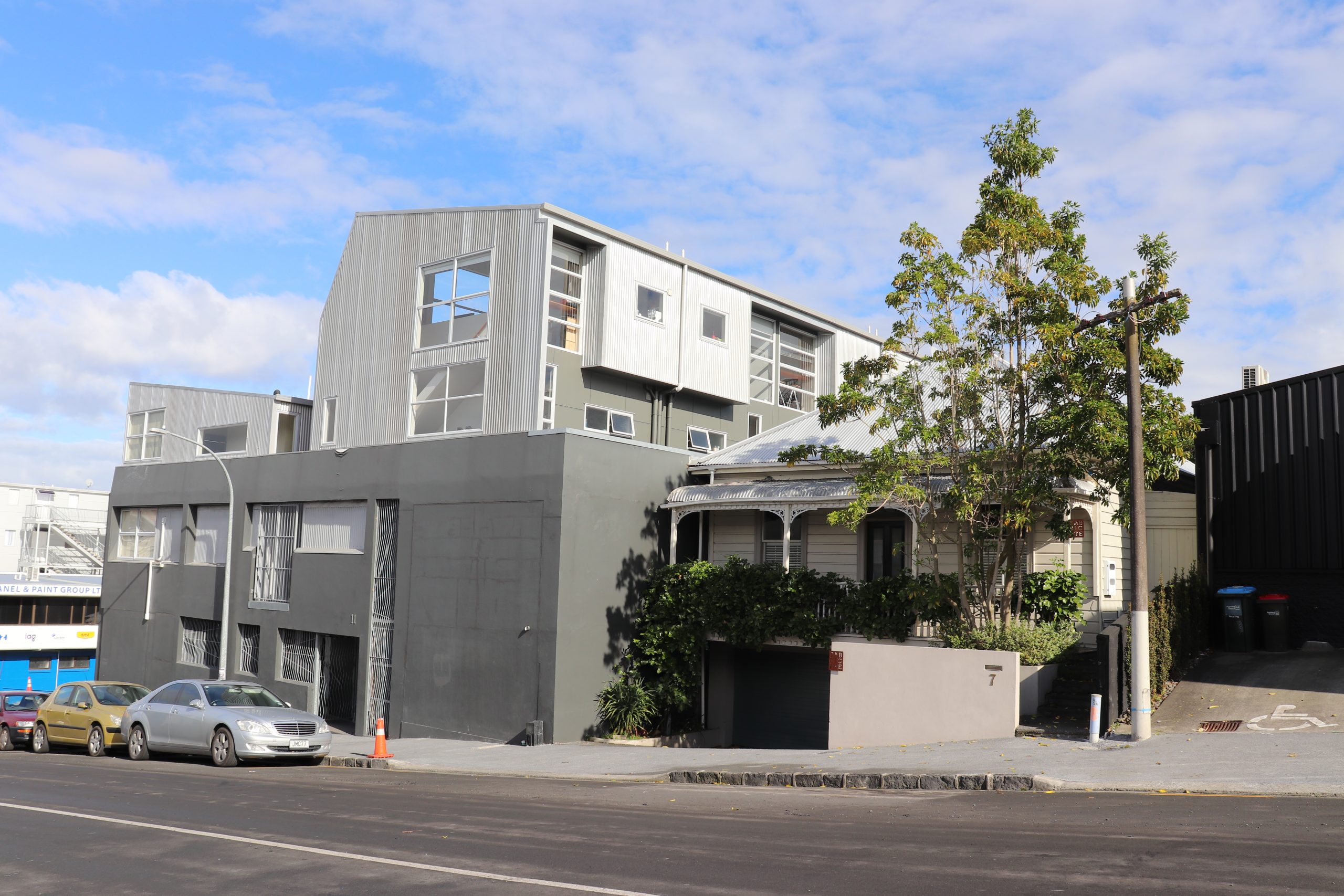
The city used to have lots of streets of these types of villas and small plantings, now they are being taken over by high rise, intensified living and the space for trees is very often overlooked. Also a good example of the right tree for the right place – this is a Frangipani and so a small statured tree with an upright form. So it is well suited to this location and enables a connection to nature. This is central city on the border of Arch Hill and Newton.
In Auckland the loss of productive farmland, horticulture and orchards to urban development is changing the landscape permanently, and at pace. It is anticipated that Auckland’s population will grow to 2.4 million by 2050, with a further 300,000 new dwellings housing an additional 720,000 people.
The loss of rural land is not always what it seems: the creation of new housing can result in significant increases in new tree plantings, and creation of public recreation and open spaces. If well planned, successfully executed and then well maintained, these developments could provide for future urban tree coverage. The key to long-term success means we need to plan, plant and nurture, not plant and walk away.
Who cares for urban trees in public places
Trees in our towns and cities on public land are the responsibility of local authorities (local and regional councils). In general, most public parks and streets have planted trees, and most councils recognise the intrinsic environmental values of public parks, open spaces and the social benefits they provide to local communities and residents.
Councils have parks and facility departments who are tasked with looking after public areas of open space; they have budgets and specialist contractors engaged to care for and maintain these. Trees in urban and peri-urban settings in public ownership are in many cases maintained by professional arborists. Public health and safety is becoming a primary consideration for local authorities looking after tree populations. Tree safety and assessment is a growing specialism in the arboricultural industry and the Health and Safety, and Employment Act 2015 requires property and landowners to ensure hazards are either eliminated, isolated or minimised. In the case of trees, this may be difficult due to size, location, and cultural landscape aspects, so actively managing mature trees in public areas is an increasing priority for local authorities.
”The key to long-term success means we need to plan, plant and nurture, not plant and walk away.
Protecting New Zealand’s urban trees
New Zealand is unusual in that the current environmental planning legislation in the Resource Management Act (RMA) currently actually prohibits local councils from being able to protect trees with a ‘blanket type’ approach. New Zealand is currently one of the very few countries that does not seem to recognize the value of trees in urban spaces and the need to preserve and protect them, which is worrying.
There are several cases of valuable trees being felled that have attracted the attention of the national media and local politicians in Auckland and other large cities. The need for legislative changes to enable Auckland and other local councils to be able to include rules in urban planning legislation that can protect urban trees of value is an area that needs serious and urgent attention.
The need for new legislation is now also something that is well publicised by community groups in Auckland as they try to highlight the increasing loss of urban tree cover to development. Nationally we have a climate emergency but locally we are unable to employ rules to protect and preserve trees that help us to mitigate and ameliorate climate change.
Finding areas to plant new trees may seem easy; however large areas of land in urban and peri-urban areas are subject to market prices, so acquisition is very challenging for local authorities. There is a need for the central government to consider requiring land use for housing and urban expansion to allow for sufficient planning of future green space – this could be used for planting future forests to help future urban populations to connect with nature. Green infrastructure should be included as a basic building block in any new urban development.
Personally, I am aware of the loss of dozens of very large native and exotic trees for no reason other than to improve sunlight, water views or to build swimming pools and tennis courts. These trees can never be replaced, and the value of environmental services provided by the trees would have been considerable when they were alive and standing. It is not well documented, but people and neighborhoods also suffer when trees are removed. Habitat loss is well recognised as impacting on avian species as well as fauna; however, these losses are rarely tracked and reported in New Zealand, unlike some other countries.
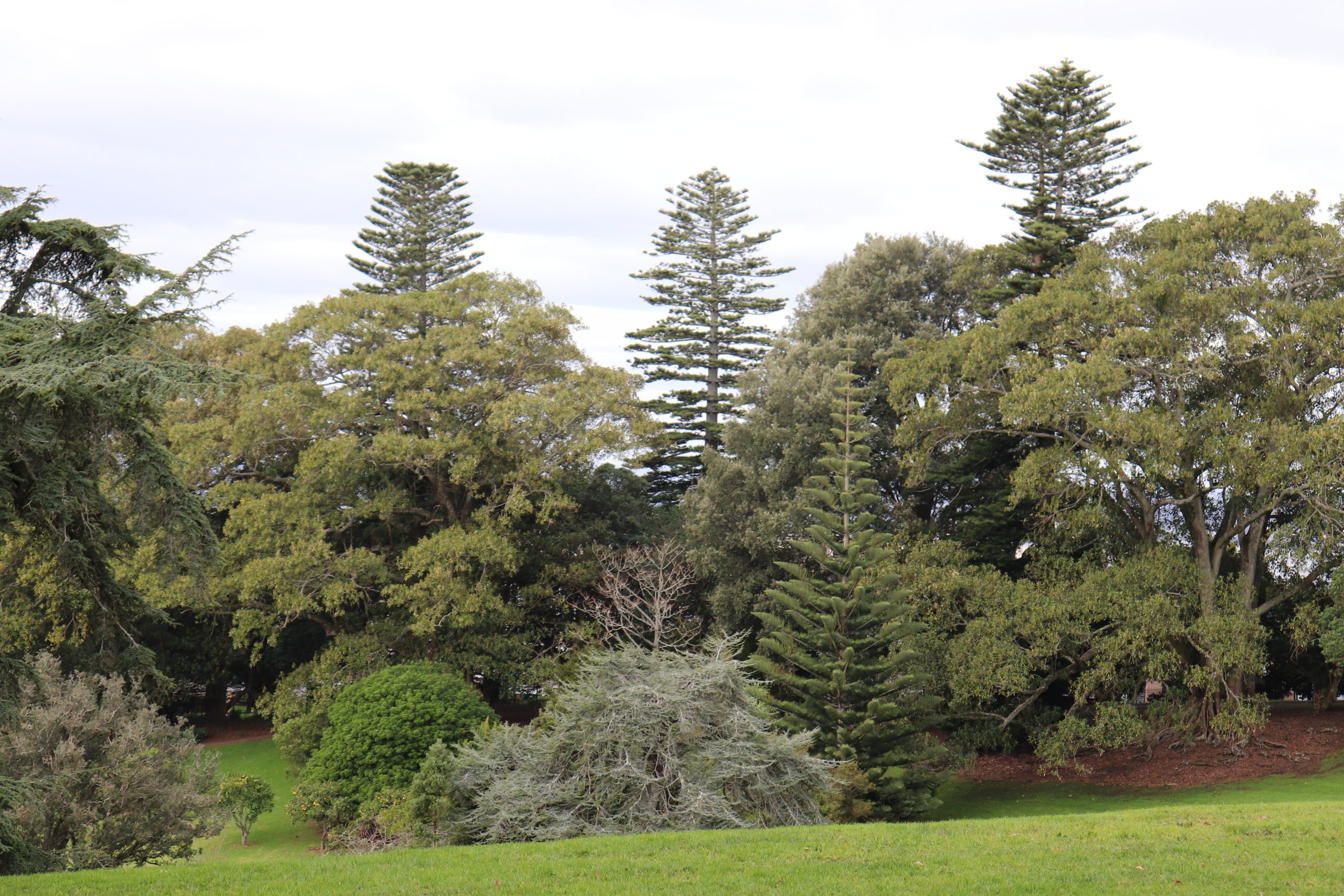
International efforts to value and increase urban tree cover
Tree canopy coverage is an environmental measure now being applied to show the values of large mature trees in urban areas in many countries. International research on canopy cover in urban and peri-urban areas has shown how it can significantly influence the social and environmental qualities of a town or city. Cities in Australasia, Asia, North America, and Europe have developed urban forest strategies and management plans for new tree planting targets to attain increased tree canopy coverage of over thirty per cent of the land cover. Melbourne has set an aspirational target of forty percent canopy coverage.
The Auckland tree resource
In the Auckland Region, the tree diversity on public land is significant and likely to be one of the largest tree collections in public ownership in the country. Auckland’s public trees on streets and in
parks include over 700 different native and exotic species. In addition, the network of 27 regional parks comprises mainly larger areas of native forest, currently covering about 41,000 hectares.
The council tree database is updated regularly, and currently lists 424,997 trees. This is likely only about half of the total number of trees planted on council land. The figure is constantly growing as more detail is captured by arborists working on the public tree asset. This detail enables analysis of the ages of the trees in the database, and their condition, as shown by the bar chart.
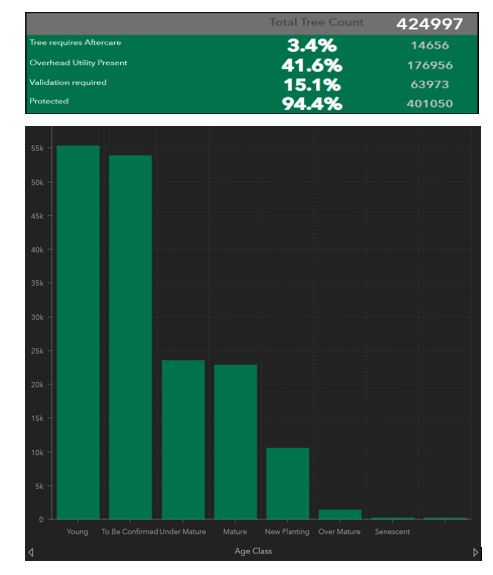
In Auckland, the trees in public ownership have been managed and maintained for at least four decades through maintenance contracts that engage professional, qualified and well-equipped tree care contractors. Techniques for public tree maintenance by specialist arboricultural companies are constantly changing, and developments in machinery and equipment are often led by the contractors themselves. These highly skilled people are always looking for innovations to develop better and more cost-effective ways to manage public trees. The average homeowner who pays rates may not realise that their money is used to deliver hundreds of services to the communities of Auckland and tree care is just one of these.
The Auckland Council Urban Ngāhere Strategy
Auckland Council recognised the pressures and risks that urban trees across the region face and undertook to develop a regional tree management strategy. In 2019 the Auckland Council Urban Ngāhere (Forest) Strategy was released following two years of development and consultative work with mana whenua and internal stakeholders.
The strategy was prepared to respond to the need for a clear directive on how the urban tree cover of Auckland should be monitored and managed long term. Three key priorities were outlined: knowing, growing, and protecting, along with engagement and management mechanisms to help implement the eighteen key objectives of the Urban Ngāhere Strategy.
The eighteen objectives outline specific actions to deliver a positive direction for:
- the management of the public tree cover
- raising public awareness of the values of trees and
- highlighting the need to manage and maintain trees on public and private land.
Urban tree coverage across Auckland is mainly within the Metropolitan Urban Limit (MUL) as defined in the Auckland Plan. The extent of tree canopy cover has been assessed on two separate occasions by specialists using Light Detection and Ranging (LiDAR). Detailed spatial analysis of the data has provided the metrics to enable high-level tracking of the regional extent of tree canopy coverage and to compare the losses and gains across the region.
The work has revealed in-depth detail on tree cover and how it is changing as the development-enabling rules of the Auckland Unitary Plan allow for increased levels of housing scale and density. In some areas single dwelling sites now allow for development of four- and five-storey buildings. These changes are significantly reducing the space on private land for existing trees and for planting of new ones.
The metrics have been outlined in two reports on tree coverage of the region. The latest findings show approximately 61% of tree canopy cover is located on private land and 39% of canopy cover is on publicly owned land. On public land, the tree cover in public open spaces and road corridors varies across Auckland’s 21 local boards.
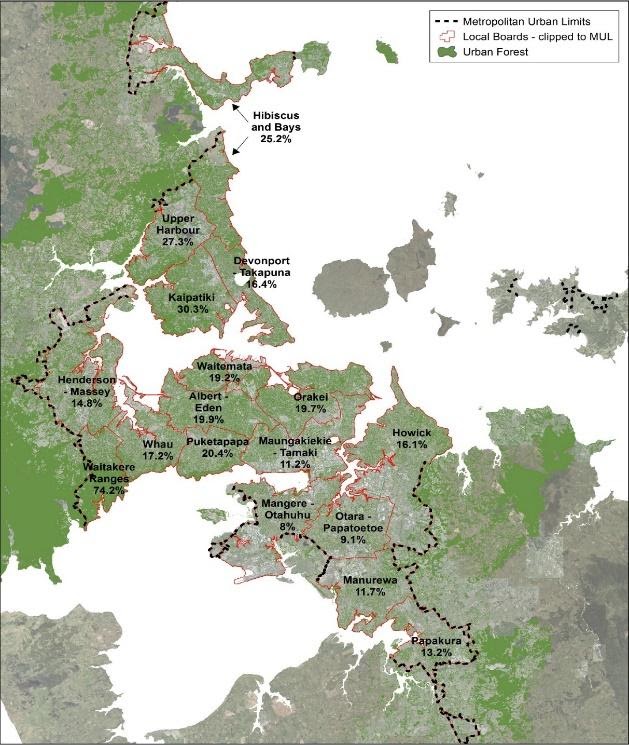
Tree canopy cover across Auckland’s urban areas ranges from 30% in Kaipatiki Local Board area to 8% in Otara-Papatoetoe Local Board area. Concentrations of tree plantings appear to radiate out from the central city. The older and more established central suburbs tend to have greater tree cover and more mature trees. The same is found around the small and older urban centres of the region e.g. Howick, Henderson, Helensville, Orewa.
Variations across the region present several concerns and challenges for future tree management alongside the planned land development to accommodate a growing population.
The findings help to inform where more work is necessary for Auckland City Council when it comes to planting on public open space. The findings clearly show low canopy cover in South Auckland and have helped to direct increased effort in this area. The Mayor’s Million Trees Programme has enabled the planting of over a million native sapling trees and shrubs over the three years 2017 to 2020. Approximately 500,000 of these were planted in parks in South Auckland.
Sixteen of Auckland’s twenty one local boards have recognised the Urban Ngāhere Strategy and provided funding to analyse tree cover at a local scale. As a result, so far 12 reports on tree cover have been produced for local boards. These reports confirm the dramatic variation across the region, and are helping to provide the metrics on where council and local boards need to focus their efforts to grow and protect the ngāhere in their local area. Four further reports will be produced this year.
The local reports have led to the development of 12 Action Plans that aim to direct new tree planting efforts over the next ten years. The local boards who have supported this programme have now included the ngāhere programme in their three-year local board plans which helps to embed the need for action to plant more trees annually to increase canopy coverage in areas that are most in need.
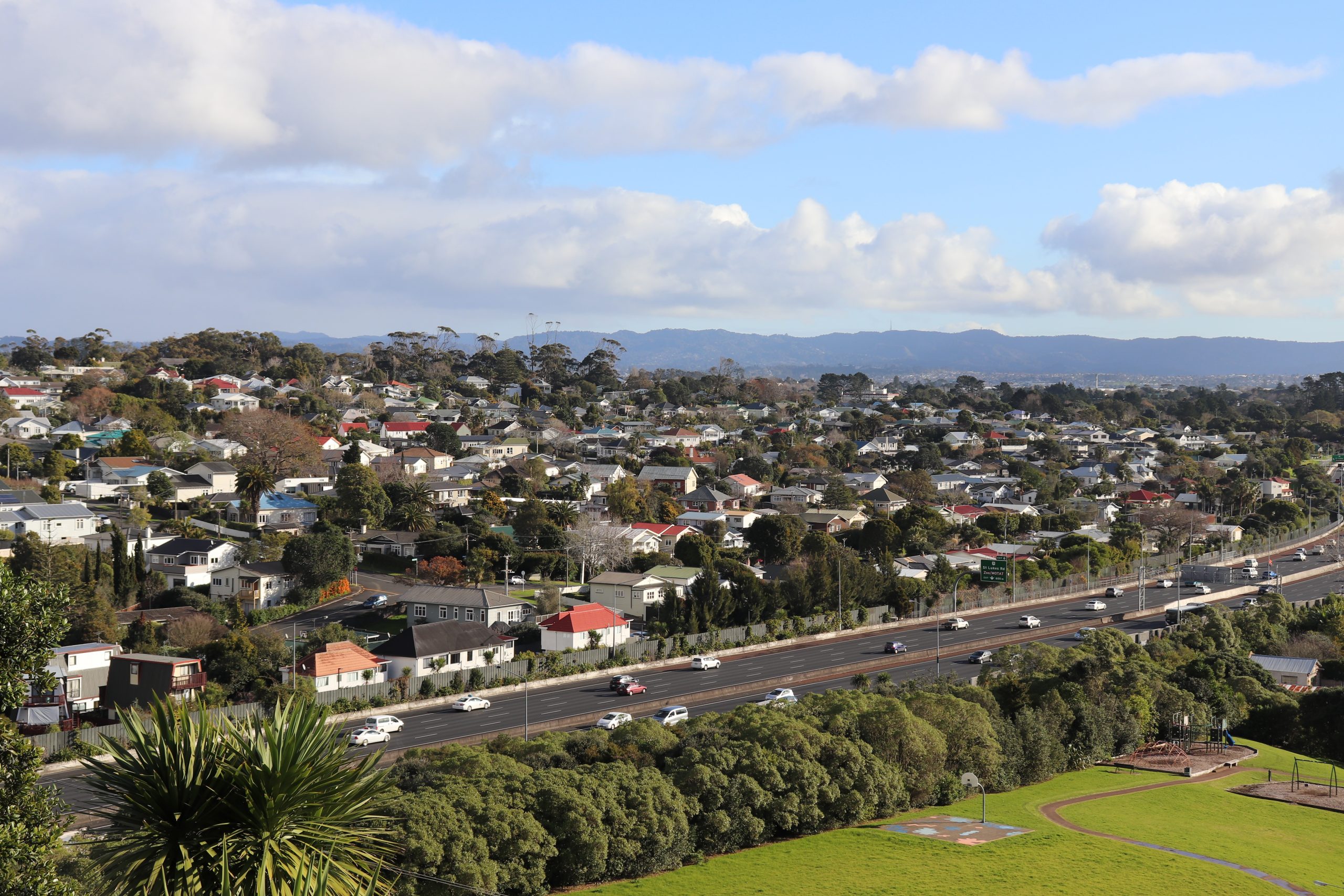
As a Senior Advisor Urban Forest I bring my expertise as an arborist and tree manager to help advise and guide local boards on how to best direct their efforts to improve the tree canopy cover in local parks and within the local roading network.
The values of urban trees need to be better analysed and better publicised. Some of the exotic avenues are valued most highly by some people as they are known to be old trees. Natives are certainly highly valued too, especially by mana whenua, but I am not sure one type of tree is more important than another given Auckland’s diverse cultural make-up.
From both a professional and personal perspective, I value trees and forests for their benefits, not where they came from. There is a need to highlight the long-term environmental values, along with the cultural and biodiversity values, that trees provide to all people and communities.
I would encourage anyone who lives in Auckland to come along to one of the parks planting events as planting a tree is one of the best things you will ever do to help future generations survive the changing climate.
Howell Davies

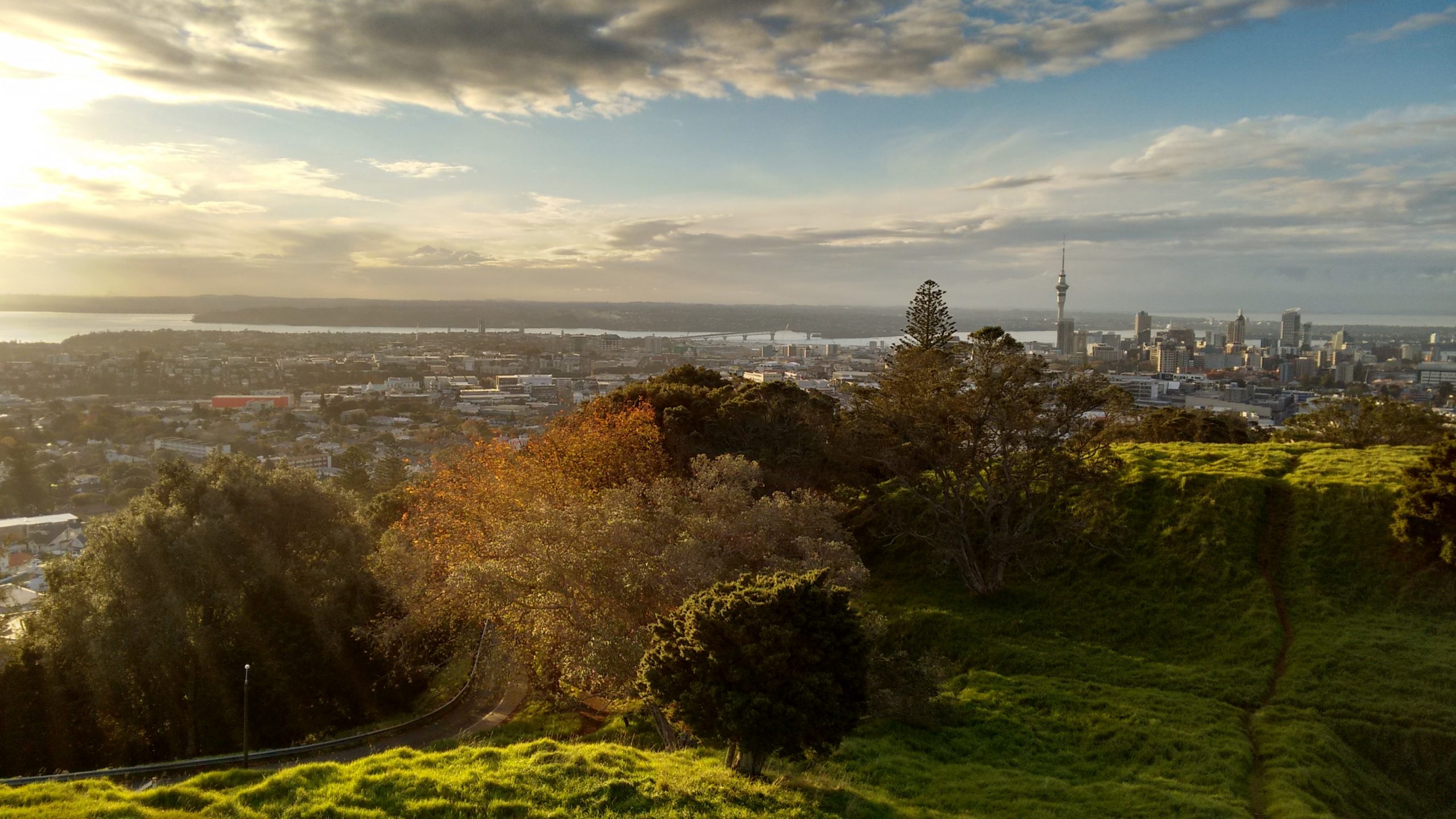


Leave a comment